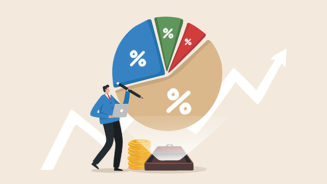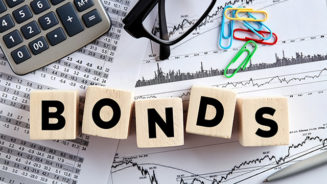“We believe the multi-year devaluation seen in various EM currencies since 2013’s ‘Taper Tantrum’ has created significant value and increased the competitiveness of many EM countries’ exports, thus priming them for a growth pick up,” says Som Bhattacharya, an institutional portfolio manager at Blue Bay Asset Management.
However, there is one currency that has gone the other way this year: the renminbi. And China is indeed the risk to watch.
“Uncertainty about the direction of the Chinese currency” was the main reason for Romig to not invest in emerging market debt back in February.

“China’s capacity to create volatility is still there, as it is in a transition to a different growth model,” agrees Dean. Renewed volatility on the commodity markets, which remain highly dependent on Chinese demand, is another risk to watch, he says.
From boom to bust
When investors pile into an asset class all at once, it often already has risen a fair bit, and there is always a risk of investors becoming overoptimistic.
“On an absolute basis, it will be hard to emulate the returns we have already seen,” believes Drew. “Not many people would have anticipated double-digit returns year-to-date.”
Emerging markets are particularly sentiment-driven, therefore highly unpredictable and prone to booms as well as busts. The latter have usually followed from hawkish speak by the Fed.
When the American central bank raised rates by just 25 bps in December last year, it triggered a strong bear market in emerging market bonds. As US macro data look increasingly benign, markets attach a 50% probability to a second rate hike in November or December this year.
So the Fed’s monetary policy is, if not a catalyst for the next market slump, at least likely to be some sort of headwind for EM debt going forward.
The question is just whether the other, positive factors such as the flows momentum, the relative attractiveness versus developed markets debt and the recovery in currencies, will outweigh this.
Henderson’s Drew is not too worried: “Rate hikes may create some short-term volatility,” he admits. “But I’m a big believer in emerging market debt in the long term.”




